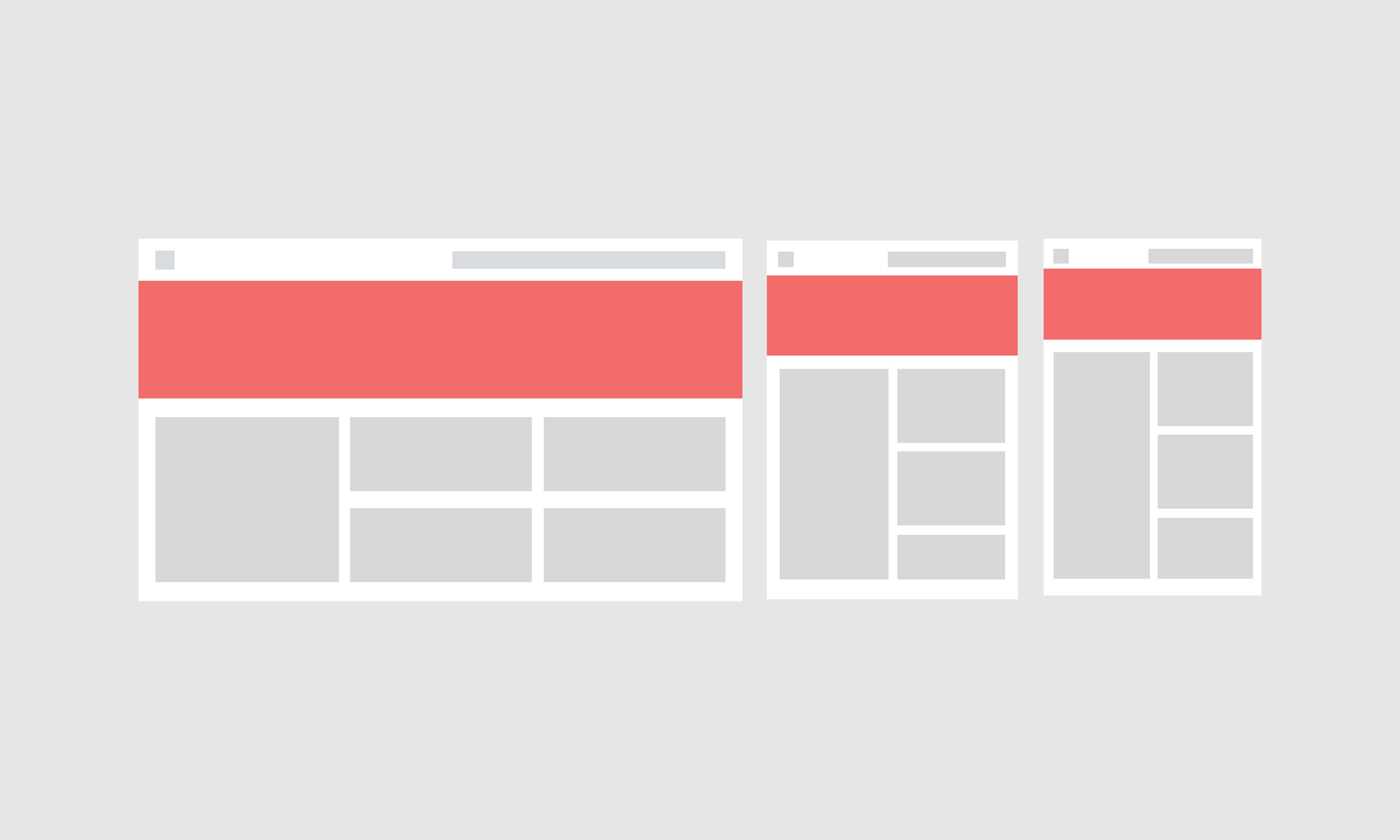Website design structures define the layout and organization of web pages, influencing the user experience, visual appeal, and functionality of a site. Different types of structures cater to various needs and objectives. Here are four common types of web design structures:
Linear or Single-Page Structure:
The linear or single-page structure condenses all content into a single, continuous page. Users scroll vertically to navigate through different sections, creating a seamless and immersive experience. This structure is ideal for content-focused sites with a narrative or storytelling approach. Understanding "What is a linear site?" helps designers make informed decisions about website structure, ensuring alignment with the intended user experience and content delivery goals.
Pros:
- Simplified navigation: Users follow a linear path.
- Easy to create and maintain.
- Well-suited for mobile responsiveness.
Cons:
- Limited content organization.
- May not be suitable for complex or large websites.
Use Cases:
- Landing pages
- Personal portfolios
- Product showcases
Hierarchical Structure:
The hierarchical structure organizes content into a clear hierarchy of pages and subpages. It often employs a tree-like navigation menu, allowing users to navigate to different levels of the site easily. This structure is suitable for websites with diverse content that needs categorization.
Pros:
- Logical organization of content.
- Scalable for large websites.
- Facilitates effective navigation.
Cons:
- Potential for deeper navigation levels.
- May require thoughtful UX design for optimal user experience.
Use Cases:
- Corporate websites
- E-commerce sites
- Educational platforms
Grid-Based Structure:
The grid-based structure divides the page into a grid system, with content organized into well-defined and symmetrical sections. Each section may contain images, text, or multimedia elements. This structure provides a balanced and visually appealing layout.
Pros:
- Visually engaging design.
- Consistent and structured layout.
- Ideal for showcasing portfolios or visual content.
Cons:
- Requires careful alignment and balance.
- May not suit all types of content.
Use Cases:
- Photography portfolios
- Design agency websites
- Fashion or lifestyle blogs
Database-Driven Structure:
The database-driven structure dynamically generates content based on user queries and interactions. Content is stored in a database, and the website retrieves and displays relevant information on demand. This structure is common in dynamic websites, such as content management systems (CMS) and e-commerce platforms.
Pros:
- Dynamic and personalized content.
- Easily scalable for large amounts of data.
- Supports user interactions and data-driven features.
Cons:
- Requires backend development and database management.
- Complex to set up compared to static sites.
Use Cases:
- Content-heavy websites
- E-commerce platforms
- News or media websites
Factors Influencing Design Structure:
- Content Type and Purpose:The nature of the content and the goals of the website influence the choice of structure. A portfolio site may benefit from a grid-based design, while a complex e-commerce platform may require a hierarchical structure.
- User Experience (UX):The structure directly impacts the user experience. The chosen design should facilitate easy navigation, prioritize important content, and provide a seamless journey for users.
- Scalability:Consider the scalability of the structure, especially if the website is expected to grow over time. Hierarchical and database-driven structures are often more scalable for large and evolving websites.
- Visual Identity and Branding:The design structure should align with the visual identity and branding of the website. Grid-based structures are often chosen for their aesthetic appeal, while hierarchical structures emphasize logical organization.
- Technical Requirements:The technical aspects of website development, including the chosen platform and programming languages, can influence the design structure. Database-driven structures, for example, require backend development skills.
- Mobile Responsiveness:With the increasing use of mobile devices, ensuring that the chosen structure is responsive and adaptable to various screen sizes is crucial. Linear and hierarchical structures often lend themselves well to mobile optimization.
Choosing the right website design structure is a critical decision in the web development process. The selected structure should align with the website's goals, content type, and user experience objectives. Whether opting for a linear, hierarchical, grid-based, or database-driven structure, careful consideration of these factors ensures a website that not only looks visually appealing but also functions effectively to meet the needs of its users. The ideal structure strikes a balance between aesthetics, functionality, and scalability, creating a cohesive and engaging online experience.



